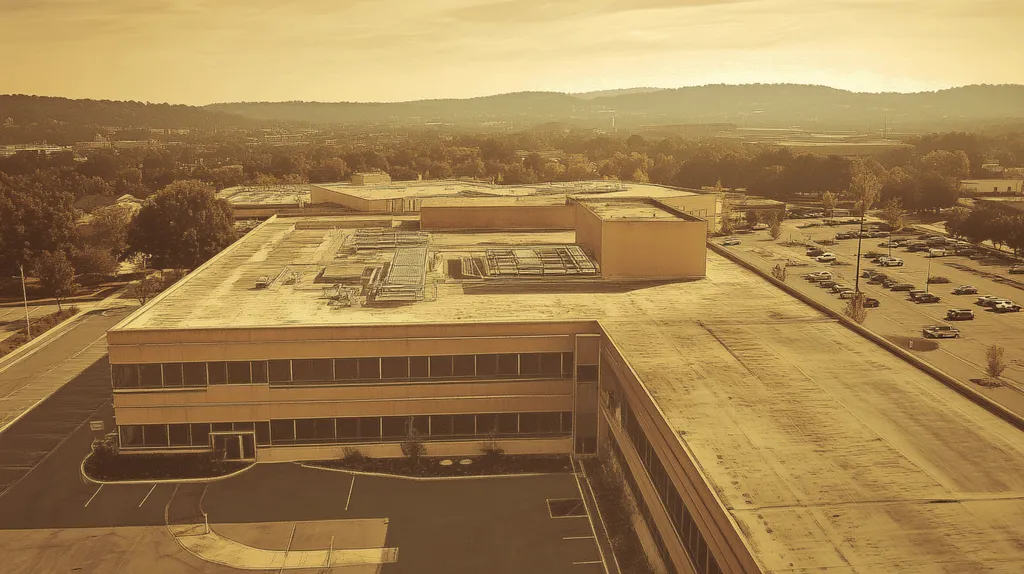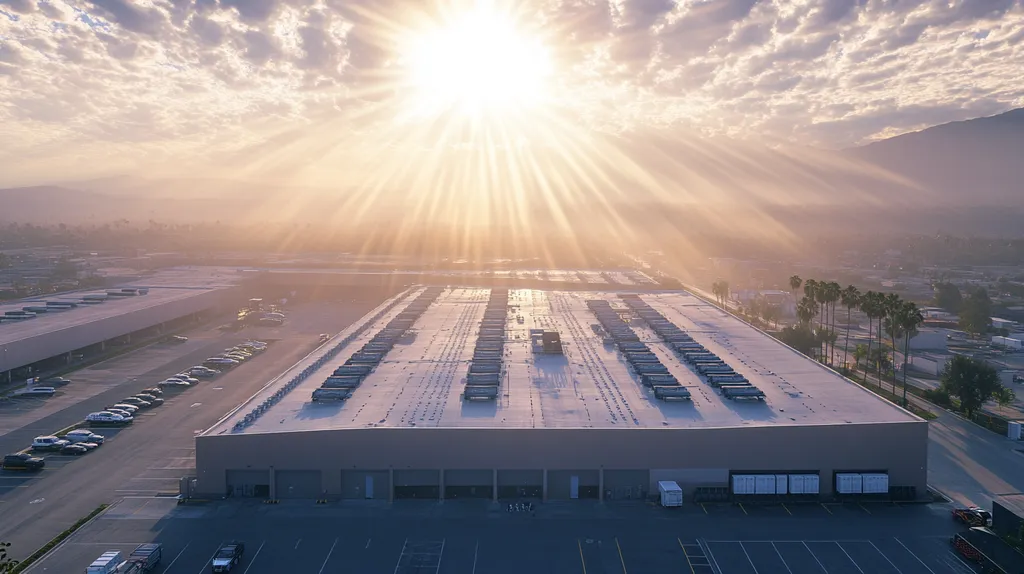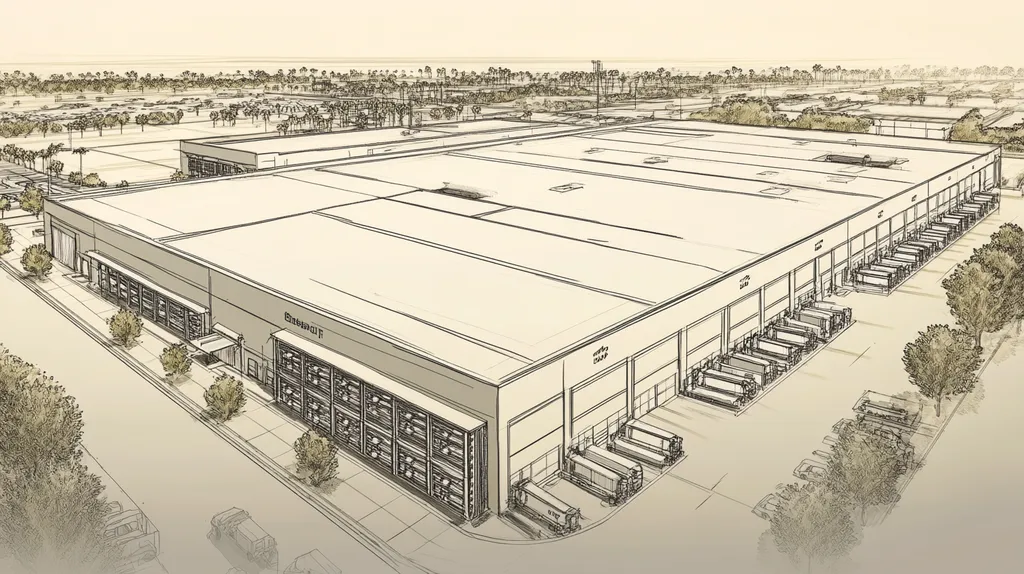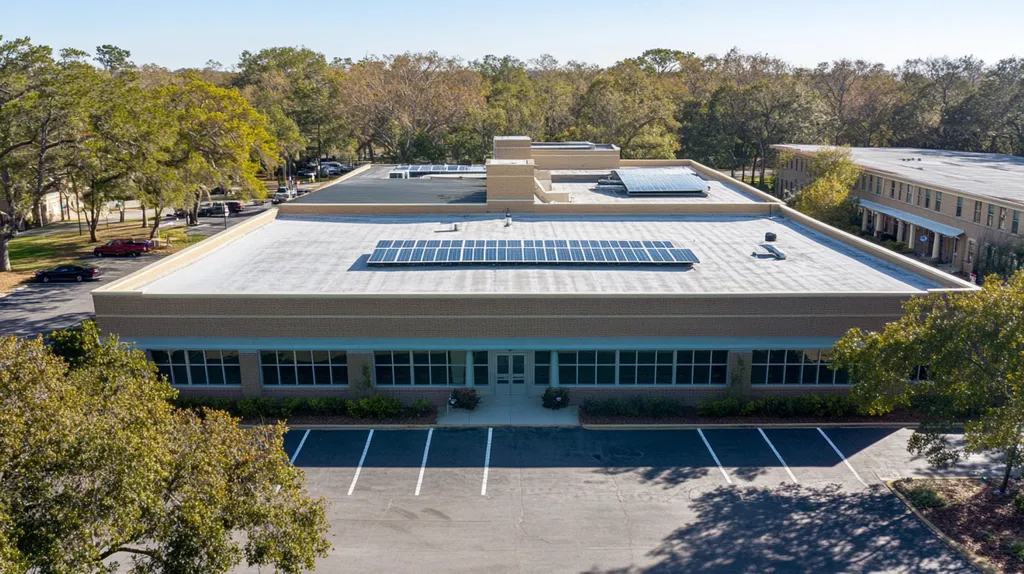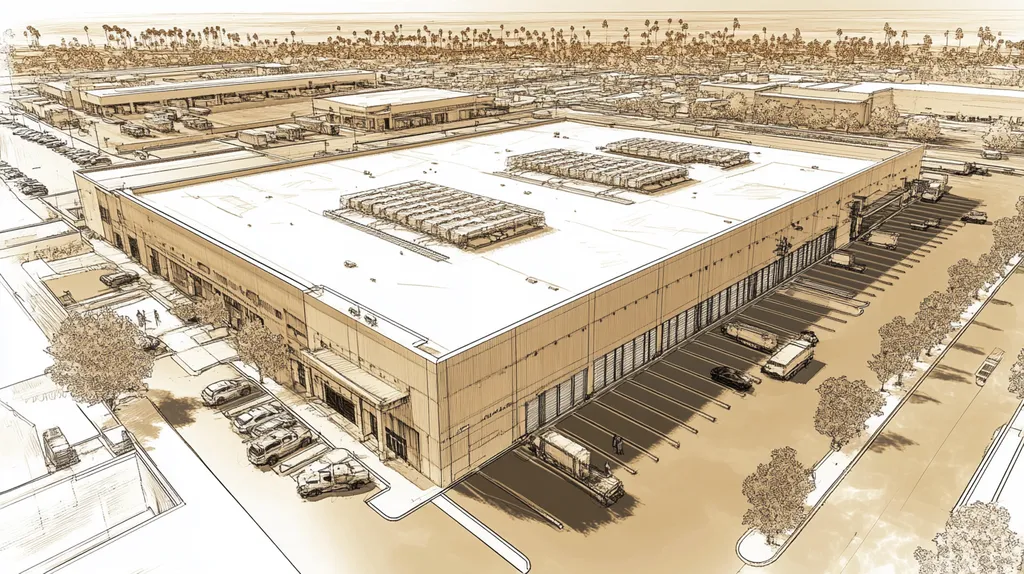Welcome to today’s Battle Royale featuring two roofing heavyweights: “Polyurethane” in the east corner versus “Silicone” in the west!
Tonight’s showdown pits these contenders against each other across six punishing rounds designed to test every aspect of their performance for Commercial Roof Coating Specifications.
At stake? Millions in potential costs, decades of building protection, and the critical performance demands of modern commercial and industrial facilities.
Our professional judging panel will evaluate each round on technical merit, real-world performance, and value delivery. After all six rounds, we’ll declare our ultimate champion.
Ladies and gentlemen, facility managers and building owners… it’s time to rumble!
ROUND 1: INITIAL COSTS & INSTALLATION
Let’s face reality: a commercial roof coating project can make or break your annual maintenance budget. With material costs soaring 15-25% annually and labor rates following suit, choosing between polyurethane and silicone isn’t just a technical decision – it’s a financial chess move that impacts your bottom line for years to come.
Material Expenses
Raw material costs represent just the opening gambit in the coating selection game. High-performance polyurethane coatings command premium pricing, typically $2-3 per square foot, reflecting their advanced chemical engineering and durability ratings.
Silicone coatings enter the market at a more budget-friendly $1.50-2.50 per square foot. Their simplified molecular structure and manufacturing process helps keep costs down without sacrificing essential performance characteristics.
Both coating types must meet rigorous ASTM material standards to ensure reliable performance, with specific requirements for adhesion, elongation, and tensile strength. (source: Construction Specifier)
For pure material value proposition, silicone’s competitive pricing earns it the “ADVANTAGE.”
Installation Complexity
Polyurethane installations demand surgical precision and perfect conditions. The multi-step application process requires extensive surface prep, precise temperature control, and specific humidity levels – making it about as complex as teaching a cat to fetch.
Silicone coating installation feels more like a walk in the park. Its single-component formulation and forgiving nature mean fewer application steps, reduced prep requirements, and broader installation weather windows.
When it comes to keeping your installation crew happy and your project timeline intact, silicone’s user-friendly application process claims the “ADVANTAGE.”
Project Timeline
Time is money, and polyurethane installations love to eat both for breakfast. Multiple coats with mandatory cure times between layers can stretch projects out longer than a government permit approval process.
Silicone coatings sprint through installation like they’re running from an audit. Single-coat applications and rapid cure times mean your roof can go from bare to protected faster than you can say “change order.”
In the race against time and weather windows, silicone’s efficient installation timeline secures another clear “ADVANTAGE.”
ROUND 1 WINNER: SILICONE
ROUND 2: DURABILITY & LIFESPAN
Let’s cut through the marketing fluff: your roof coating choice could mean the difference between a 20-year champion and a 5-year flop. While manufacturers love tossing around terms like “ultra-durable” and “lifetime warranty,” the real-world performance gap between polyurethane and silicone coatings is wider than a politician’s promise.
Weather Resistance
Mother Nature treats commercial roofs like her personal punching bag. From scorching UV rays to freeze-thaw cycles that would make a polar bear shiver, your coating needs to laugh in the face of weather extremes.
Polyurethane coatings handle UV exposure like a superhero, maintaining their physical properties and color stability for 15+ years. Their chemical structure creates a nearly impenetrable shield against thermal shock and oxidation.
Silicone coatings excel at moisture resistance but can become dust magnets faster than a newly waxed car. While they maintain flexibility in extreme temperatures, their surface degradation under intense UV exposure can lead to thickness loss over time.
For overall weather resistance, polyurethane claims the “ADVANTAGE.”
Physical Durability
Commercial roofs see more traffic than a mall parking lot during holiday season. HVAC technicians, maintenance crews, and the occasional lost delivery person all contribute to the daily wear and tear.
Polyurethane coatings handle foot traffic like a bouncer at an exclusive club – tough, resilient, and virtually impossible to push around. Their superior tensile strength and tear resistance make them nearly bulletproof against mechanical abuse.
Silicone coatings tend to be as delicate as a smartphone screen without a case. While they maintain flexibility, their softer surface can show wear paths and mechanical damage faster than you can say “warranty claim.”
In the battle of physical toughness, polyurethane scores another clear “ADVANTAGE.”
Long-Term Performance
Low-sloped commercial roofs must maintain specific performance standards over time, including solar reflectance and thermal emittance requirements. These ratings directly impact building energy efficiency and coating longevity.
Polyurethane coatings maintain their physical properties like a well-preserved vintage wine. Their consistent performance helps meet the minimum 3-year aged solar reflectance of 0.55 and thermal emittance of 0.75 required for low-slope commercial roofs. (source: Cool Roof Rating Council)
Silicone coatings start strong but can lose reflectivity faster than a mirror in a dust storm. While they maintain excellent water resistance, their long-term performance metrics often require more frequent maintenance or recoating.
For sustained performance standards, polyurethane takes the “ADVANTAGE.”
ROUND 2 WINNER: Polyurethane
ROUND 3: PERFORMANCE FACTORS
When your commercial roof starts showing its age, performance factors become the difference between a smart investment and a money pit. With energy costs surging 30% annually and insurance premiums tied directly to roof condition, choosing between polyurethane and silicone coatings isn’t just about coverage – it’s about long-term financial protection.
Chemical Resistance
Commercial roofs face a daily chemical assault that would make a hazmat team nervous. From HVAC condensate to industrial exhaust, your coating needs to shrug off chemical exposure like a bouncer handles unwanted guests.
Polyurethane coatings laugh in the face of chemical exposure, maintaining their structural integrity even when bombarded with industrial solvents, oils, and acids. Their complex polymer structure creates an impenetrable barrier that keeps corrosive substances from reaching the roof membrane.
Silicone coatings show their weakness here, degrading faster than a New Year’s resolution when exposed to petroleum products or industrial chemicals. While they handle water-based challenges well, their chemical resistance to harsher substances falls short of commercial requirements.
For chemical warfare resistance, polyurethane claims the “ADVANTAGE.”
Impact Resistance
The 2015 International Building Code mandates specific performance standards for roof coatings, including impact resistance requirements that directly affect building safety and longevity. Proper coating selection ensures compliance while protecting your investment from daily abuse. (source: Construction Specifier)
Polyurethane coatings handle impacts like a heavyweight champion, absorbing and dispersing energy from falling tools, maintenance equipment, and hail strikes. Their superior tensile strength and elasticity prevent crack propagation even under severe impact stress.
Silicone coatings respond to impacts about as well as a china shop during an earthquake. Their softer composition makes them more susceptible to punctures and tears, potentially compromising the entire roofing system.
In the impact resistance arena, polyurethane scores another clear “ADVANTAGE.”
Maintenance Requirements
Every minute spent on unexpected roof maintenance is a minute stolen from your productivity. Smart coating choices minimize disruption while maximizing protection.
Polyurethane coatings maintain their performance characteristics with minimal intervention. Annual inspections and basic cleaning usually suffice, with touch-ups needed only in high-wear areas every 5-7 years.
Silicone coatings demand attention like a neglected puppy. Their dust-attracting surface requires frequent cleaning to maintain reflectivity, while their softer composition means more frequent repair and recoating cycles.
When it comes to maintenance demands, polyurethane secures the “ADVANTAGE.”
ROUND 3 WINNER: Polyurethane
ROUND 4: MAINTENANCE REQUIREMENTS
Let’s be brutally honest: even the best roof coating becomes a liability without proper maintenance. With facility maintenance budgets shrinking faster than a wool sweater in hot water, understanding the real-world upkeep demands of your coating choice can mean the difference between predictable protection and surprise emergency repairs.
Regular Inspection Requirements
Polyurethane coatings demand attention like an overachieving student – regular but reasonable. Their dense molecular structure means quarterly visual inspections and annual detailed assessments typically suffice to catch potential issues before they become problems.
These coatings maintain their reflective properties remarkably well, helping meet the minimum 3-year aged solar reflectance of 0.55 and thermal emittance of 0.75 required for commercial buildings. (source: Cool Roof Rating Council)
Silicone coatings require more frequent check-ups than a hypochondriac. Their dust-magnet surface needs monthly cleanings to maintain reflectivity, while ponding water areas demand extra scrutiny to prevent premature degradation.
For inspection frequency and complexity, polyurethane claims the “ADVANTAGE.”
Repair Procedures
When polyurethane coatings need repairs, it’s like performing surgery with military precision. The affected area must be perfectly clean, properly primed, and conditions must be just right – making even small fixes feel like planning a space mission.
Silicone repairs feel more like applying a Band-Aid. The material’s superior adhesion to itself means most fixes involve simply cleaning the area and applying more coating, no chemistry degree required.
Their self-leveling properties make silicone patches blend seamlessly, while polyurethane repairs can look like a topographical map of the Rockies if not done perfectly.
For repair simplicity and effectiveness, silicone takes the clear “ADVANTAGE.”
Long-term Maintenance Costs
Polyurethane maintenance costs stack up like pancakes at a breakfast buffet. While individual repairs might be rare, when needed they require specialized materials, specific application conditions, and often professional installation teams.
Silicone’s maintenance expenses flow as smoothly as the material itself. Simple repairs can often be handled in-house, and the forgiving nature of the material means fewer failed repair attempts eating into your budget.
When your maintenance team can handle most repairs without calling in specialists, your long-term costs stay as low as your stress levels.
For overall maintenance economics, silicone scores another “ADVANTAGE.”
ROUND 4 WINNER: Silicone
ROUND 5: SUSTAINABILITY CREDENTIALS
With new environmental regulations dropping faster than autumn leaves and energy costs soaring 30% year-over-year, sustainability isn’t just a buzzword – it’s a business imperative. Modern commercial roof coatings must now deliver more than just weather protection; they need impressive environmental credentials to meet increasingly stringent building codes and ESG requirements.
Environmental Impact Assessment
Polyurethane coatings enter the sustainability arena with some serious baggage. Their production process releases significant VOCs, and their petroleum-based chemistry makes recycling about as likely as finding a unicorn in your break room.
While high-performance polyurethanes offer exceptional durability, their environmental footprint during manufacturing and disposal could fill a sasquatch-sized carbon boot. Most formulations require energy-intensive production processes and generate hazardous waste streams.
Silicone coatings strut their eco-friendly stuff with pride. Their solvent-free formulations and lower-impact manufacturing processes generate minimal VOCs, while their inert composition means fewer environmental concerns during disposal.
For environmental responsibility, silicone claims the “ADVANTAGE.”
Energy Performance
To qualify as truly sustainable, roof coatings must meet specific ENERGY STAR requirements, including an initial solar reflectance greater than or equal to 0.65 for low-slope applications. This performance must be verified through testing by approved independent laboratories. (source: ENERGY STAR)
Polyurethane coatings typically deliver moderate reflectivity ratings, but their performance tends to degrade faster than a smartphone battery. While they can meet initial requirements, maintaining those numbers over time requires increasingly frequent maintenance.
Silicone coatings shine bright in the reflectivity game, consistently exceeding ENERGY STAR requirements even after years of service. Their stable chemical structure maintains reflective properties longer than polyurethane, reducing cooling costs and urban heat island effects.
For energy efficiency metrics, silicone takes another clear “ADVANTAGE.”
Life Cycle Assessment
Polyurethane coatings require multiple layers and primers, consuming more raw materials during installation than a home renovation project. Their complex chemistry also complicates end-of-life disposal options.
The need for frequent recoating cycles means more materials consumed over time, more transportation emissions, and more waste heading to landfills. Even with excellent durability, their overall life cycle impact raises sustainability red flags.
Silicone coatings write a simpler sustainability story. Single-coat applications reduce material consumption, while their longer service life means fewer replacement cycles.
For life cycle sustainability, silicone secures the “ADVANTAGE.”
ROUND 5 WINNER: SILICONE
ROUND 6: SPECIALIZED APPLICATIONS
When your commercial property faces extreme conditions, standard roofing solutions can fail faster than a chocolate teapot. With specialized applications like cold storage facilities seeing energy costs spike 40% annually and chemical processing plants facing ever-stricter containment regulations, choosing the wrong coating could torpedo your operational efficiency and regulatory compliance.
Environmental Resistance
Modern industrial facilities bombard their roofs with a cocktail of environmental hazards that would make a chemist cringe. From caustic chemical vapors to temperature swings that could give mercury whiplash, specialized applications demand coatings that can take a beating and keep on ticking.
Polyurethane coatings handle industrial abuse like a heavyweight champ. Their advanced chemistry creates an impenetrable barrier against chemical attack, while their superior abrasion resistance laughs off industrial fallout and mechanical wear.
Silicone coatings excel at repelling water and UV rays but wilt faster than a daisy in Death Valley when faced with harsh industrial conditions. Their softer composition makes them particularly vulnerable to chemical degradation and physical abuse.
For specialized industrial environments, polyurethane claims the clear “ADVANTAGE.”
Thermal Performance
To meet strict building code requirements, commercial roof coatings in specialized applications must maintain specific thermal performance metrics. The Cool Roof Rating Council mandates a minimum 3-year aged solar reflectance of 0.55 and thermal emittance of 0.75 for commercial buildings. (source: Cool Roof Rating Council)
Polyurethane coatings deliver consistent thermal resistance that would make a thermos jealous. Their dense molecular structure and superior weathering characteristics help maintain stable R-values even under extreme temperature fluctuations.
Silicone coatings counter with impressive initial reflectivity but can lose their cool faster than a teenager without Wi-Fi. While they excel at heat reflection, their thermal resistance properties take a back seat to polyurethane.
For overall thermal performance, polyurethane takes another “ADVANTAGE.”
Application Versatility
Specialized roofing applications often require coatings to perform multiple functions simultaneously. From supporting solar panel installations to accommodating complex HVAC penetrations, versatility becomes a make-or-break characteristic.
Polyurethane coatings adapt to different substrates like a chameleon at a paint store. Their superior adhesion and compatibility with various roofing materials make them ideal for complex installations requiring multiple interface points.
Silicone coatings shine in their ability to self-level and flow around obstacles. This characteristic makes them particularly effective for roofs with numerous penetrations or irregular surfaces requiring uniform coverage.
For application versatility, this category ends in a “TIE.”
ROUND 6 WINNER: POLYURETHANE
AND THE WINNER IS…
After six grueling rounds of technical analysis, with millions in potential costs and decades of building protection on the line, we have a split decision!
In this epic battle, POLYURETHANE takes the championship belt with victories in Rounds 2, 3, and 6, showcasing superior durability, chemical resistance, and specialized application performance. The champion’s exceptional physical toughness and thermal stability proved decisive in the most demanding technical categories.
But don’t count SILICONE out! With decisive wins in Rounds 1, 4, and 5, silicone proved its worth in cost-effectiveness, maintenance simplicity, and sustainability. For properties prioritizing budget efficiency or environmental credentials, silicone remains a formidable contender.
IMPORTANT NOTICE: These results reflect general performance characteristics under standardized conditions. Individual building requirements, local climate factors, and specific facility demands can significantly impact coating performance. Property owners should:
– Conduct thorough site-specific evaluations
– Consider unique building requirements
– Consult qualified roofing professionals
– Review local building codes and regulations
– Account for climate-specific challenges
Remember, champions: in the high-stakes arena of commercial roofing, victory doesn’t go to the strongest contender – it goes to the one that best matches your building’s specific battle plan. Choose wisely, and may the best coating win!
FREQUENTLY ASKED QUESTIONS
Q. What are the costs of commercial roof coatings?
A. Polyurethane coatings can range from $2-3 per square foot due to their superior durability and requirement for precise conditions, while silicone coatings are more budget-friendly at $1.50-2.50 per square foot. Understanding these costs helps you budget and plan your maintenance expenses effectively.
Q. How do durability and lifespan compare for commercial roofs?
A. Polyurethane outlasts silicone by maintaining its performance and physical properties for over 15 years under harsh conditions. In contrast, silicone may require more frequent recoating due to UV degradation, ultimately impacting your bottom line.
Q. What performance factors matter for industrial roofs?
A. Chemical and impact resistance are critical for industrial roofs. Polyurethane coatings excel in resisting harsh chemicals and absorb impact effectively, providing long-term durability compared to the more fragile properties of silicone coatings.
Q. What are the maintenance requirements for a commercial roof?
A. Polyurethane requires less frequent maintenance, needing only annual inspections and occasional cleaning. On the other hand, silicone demands more attention with monthly cleanings and regular checks due to its dust-accumulating surface.
Q. How do sustainability credentials compare between roofing options?
A. Silicone coatings win for sustainability with lower environmental impact, minimal VOCs, and better end-of-life disposal options. Polyurethane, while durable, has a manufacturing footprint that could raise eyebrows among eco-conscious owners.
Q. What specialized applications benefit from certain roof coatings?
A. Polyurethane coatings shine in harsh industrial environments requiring chemical and thermal resistance. They’re tougher under extreme conditions compared to silicone, which may falter when faced with significant exposure to chemicals and abrasion.
Q. Can I use silicone coatings on low-slope roofs?
A. Yes, silicone coatings are suitable for low-slope roofs, particularly for their moisture resistance and ease of application. However, their long-term performance can deteriorate under UV exposure, so regular maintenance is key to longevity.

